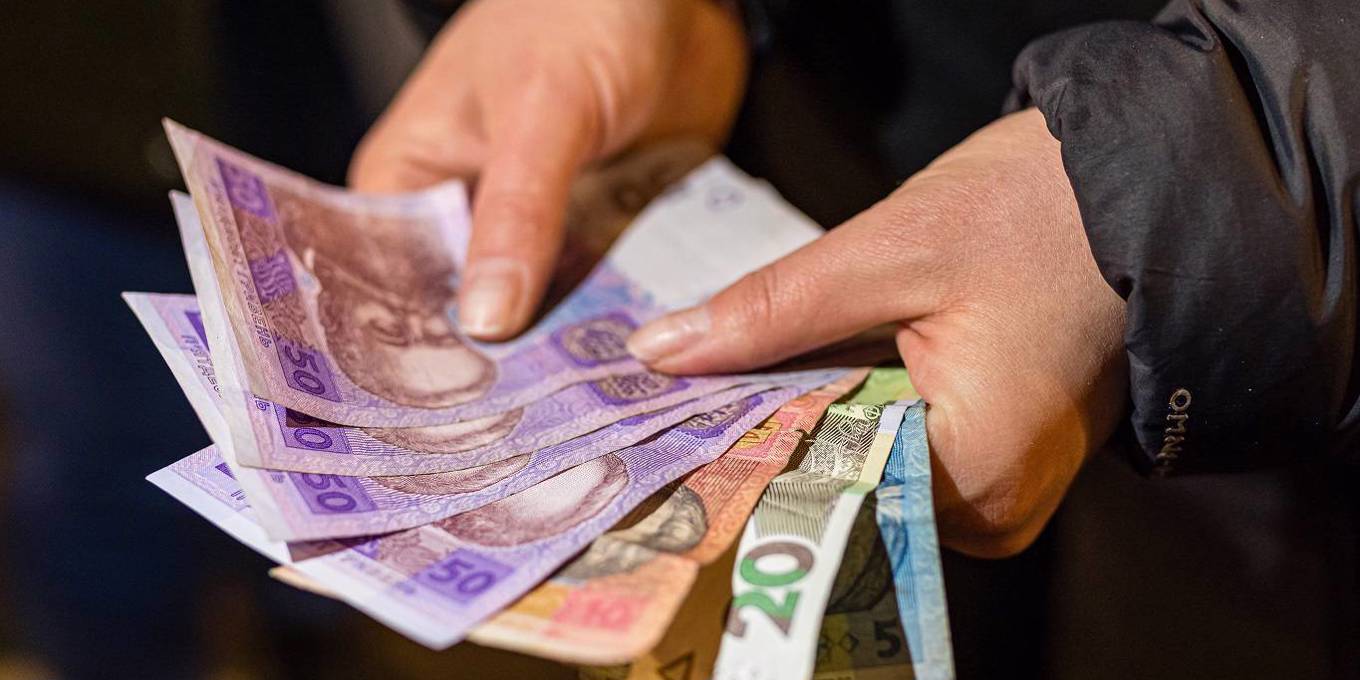Featured Galleries USUBC COLLECTION OF OVER 160 UKRAINE HISTORIC NEWS PHOTOGRAPHS 1918-1997
 Holodomor Posters
Holodomor Posters

Fighting Ukraine’s Financial Fire
 By Anders Åslund
By Anders Åslund
Project Syndicate, New York, NY, Tue, Oct 11, 2022
Russia’s war has inflicted enormous costs on the Ukrainian economy, leaving the government with insufficient means to maintain its most basic functions. To continue its military gains, Ukraine needs much greater financial support, in addition to a steady supply of arms.

Frank Hammerschmidt picture alliance via Getty Images
STOCKHOLM – Thanks to Western arms deliveries, Ukrainian forces are celebrating one battlefield victory after another. But Ukraine faces another serious threat: high inflation. It therefore needs not only arms but also more financial support.
Russia’s war has inflicted enormous damage, with the Ukrainian government and the Kyiv School of Economics putting the current tally of recorded material losses at $120 billion. The country’s GDP is set to fall by 35-40% this year, and its government revenues by even more. Earlier this year, the International Monetary Fund determined that the Ukrainian government would need $5 billion per month – $60 billion this year – in external support to finance government salaries, pensions, health care, schools, and some social benefits.
These are basic expenditures to keep the government functioning. Unfortunately, only half of the necessary funds have been made available. According to the Ukrainian brokerage Dragon Capital, $35 billion had been pledged to Ukraine as of September 30, but only $20 billion had been disbursed. The dominant donor is the United States, which has already provided $8.5 billion, with commitments to furnish another $1.5 billion per month for the rest of 2022.
The biggest disappointment is Europe, which has contributed only about half the US level – $4.8 billion ($2.8 billion from the European Union and another $2 billion from individual member states). Though the EU committed €9 billion ($8.8 billion) in macro-financial assistance in May, only €1 billion of that has been disbursed – a pace that is simply unacceptable for this moment of crisis. Now, five months after it made its commitment, one hopes that the EU can free up at least €5 billion more.
In the absence of external financing, the Ukrainian government has no choice but to turn to monetary financing – printing money – which inevitably drives up inflation. Ukraine’s inflation rate reached 24.4% in September and most likely will continue to surge, because the government received only $2.5 billion – half of what it needed – in September. Obviously, this is not sustainable. As historian Niall Ferguson notes in a recent Bloomberg commentary, Ukraine’s army may be winning, but its economy is losing, owing largely to the EU’s failure to provide sufficient financial support. Ferguson is worried about hyperinflation – when inflation is at least 50% per month – and so am I.
To be sure, a recent report from the Centre for Economic Policy Research recommends that Ukraine raise tax revenue and sell, rather than monetize, domestic debt. But I doubt that such measures are feasible during the war. After all, Ukraine cannot cut military expenditures (for obvious reasons), and it has already reduced most other public expenditures to the bare minimum.
Hyperinflation is all too common during or after wars or other massive structural shifts. At the end of the Cold War, most of the formerly communist countries were hit by hyperinflation, which cannot fail to undermine public trust in the state. The result is usually authoritarian rule, as one finds across the former Soviet Union.
For his part, Russian President Vladimir Putin no longer claims to be waging war against only Ukraine. Instead, he now says that he is confronting “the collective West.” We Westerners should take him at his word and recognize that we have a common duty to keep the Ukrainian state afloat during the war. In the short term, greater Western contributions to the Ukrainian budget are the only way to meet this objective. While it is reasonable to anticipate the need for other reforms and alternative financial mechanisms, that work will need to wait until the war has ended.
Moreover, with Ukraine’s public debt skyrocketing – from 50% of GDP at the end of 2020 to an estimated 85% of GDP by the end of this year – it is vital that Ukraine receives grants rather than credits. While the US seems to understand this, the EU clearly does not. Its macro-financial assistance comprises only credits (though most EU members’ bilateral assistance has primarily taken the form of grants).
This must change. We cannot allow Ukraine to fail financially through no fault of its own, simply because the EU is too preoccupied with its own bureaucratic rules. The best solution, as I have previously argued, is to confiscate the roughly $400 billion of frozen Russian reserves held across seven Western countries, and send them to Ukraine as reparations. Canada has already adopted a law allowing for this, though it has not yet seized any Russian funds.
The EU offered substantial grants to support its members’ economies during the COVID-19 pandemic, and there is no good reason why it cannot muster the much smaller sums needed to assist Ukraine. If need be, it should consider demanding compulsory subscriptions from its members, as it did in 2016 to finance its migration agreement with Turkey. If there is a will, there are many ways to boost Ukraine’s finances.
USUBC NOTE: Anders Åslund is a Senior Fellow, Stockholm Free World Forum and author of Russia’s Crony Capitalism: The Path from Market Economy to Kleptocracy.”
Mr. Åslund has served as a Senior Advisor to the U.S.-Ukraine Business Council (USUBC), Wash, D.C. for over 20 years.










